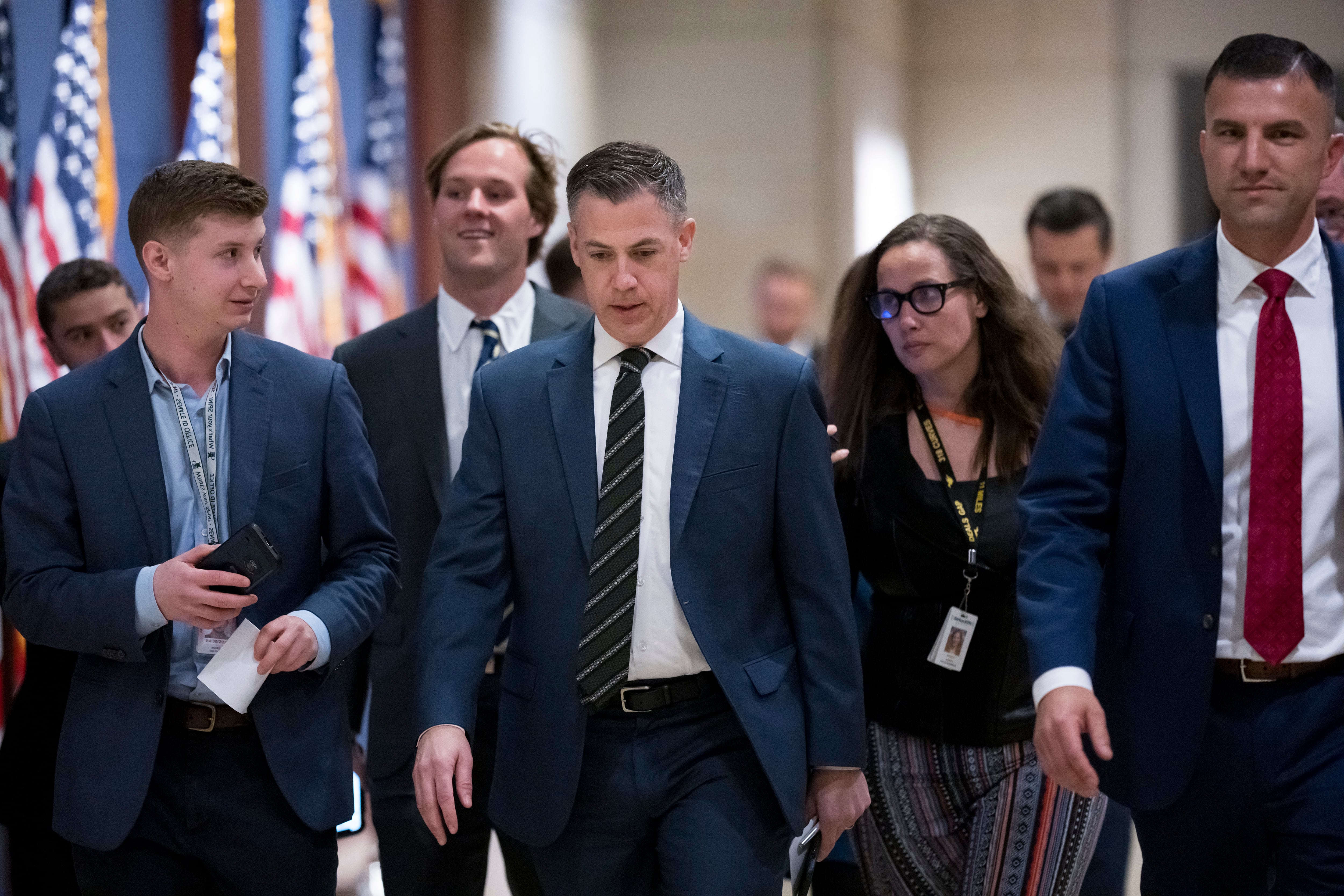Retired Command Sgt. Maj. Ron Holsopple spent much of 2015 trying to convince the Defense Finance and Accounting Service to see things his way.
The 81-year-old Virginia resident insisted that he should continue to receive his retirement pay. He made clear that canceling two months' worth of payments totaling more than $7,000 was, in his view, a mistake.
Because he was, in his view, still alive. Even if DFAS, thanks to an errant message from Holsopple's bank, disagreed.
After receiving paperwork in early January addressed to his next of kin that spelled out his demise, "I got on the phone, and I spent hours, and I'm not exaggerating, listening to, 'Your call is very important to us ...'" he said. "And, 'There's currently a 45-minute wait,' because there was always a 45-minute wait."
He made his I'm-still-breathing argument to DFAS customer service staffers, who directed him to fill out forms. He faxed in forms and heard back nothing. He sent letters and got nowhere. He received an email with a link so he could track the progress of his claim that he still existed. The link didn't work.
DFAS eventually tracked the problem to the message from Holsopple's bank, BB&T, which had "reported the account closed due to death," DFAS spokesman Steve Burghardt said in an emailed response to questions.
Holsopple's wife, Helen, died Dec. 29; she had been the primary holder of their joint bank account.
A BB&T spokesman would not discuss specifics of the case, citing privacy concerns, but said in a statement that "[w]hen government [automated clearing house] deposits are received after the death of a client, such as Social Security, we are required to return those deposits to the government. We would not be required to return deposits payable to the joint-account holder who is still living."
DFAS could not provide statistics on the number of deaths reported in error "without performing an extensive review of pay record information," Burghardt said. The agency usually receives death notices via next of kin, Social Security or the Veterans Affairs Department, with banks making up "a significantly small set" of the notifications.
The agency said it would reissue Holsopple's January and February payments on Thursday, more than six weeks after the January payment bounced back to DFAS. Holsopple said he received word Friday that the funds had posted.
Holsopple, a member of the first graduating class of the Sergeants Major Academy in 1973, said he has investment income and savings that will keep him in the black while the red tape gets peeled away. He expressed concern for those who might be without that safety net.
"I'm getting by, but some people don't have that. Say an E-6 or E-7 retires, they might have a problem," he said.
According to DFAS, they would need to do almost exactly what Holsopple did.
Making contact
"If a member were to find that their retired payment wasn't in their bank account when they anticipate it being there, for whatever reason, their first step is going to have to be to contact DFAS," Burghardt said, "and find out what the reason behind that is."
Holsopple's attempt to do that was met not just with delays, but with confusion. He said one DFAS staffer informed him that VA had declared him deceased. He said another offered to send him a form so he could declare his nearest descendant.
"What did that have to do with anything?" he asked, adding, "I never got the form."
DFAS pays about 6.6 million people, including military retirees, Burghardt said, adding that getting through to the proper DFAS person "can sometimes be a difficulty," especially with the high volume of calls faced during tax season.
"That's always a challenge," he said. "but we can't go and hire thousands of people. We don't have that as a possibility."
Retirees near military installations can get some help navigating the process from a Retirement Services Office or Retired Activity Office, he said.
If, as was the case with Holsopple, a retiree has been reported dead erroneously, the only way to get back on the rolls is to fill out the proper paperwork, including a notarized Certificate of Eligibility for Retired Members (DD Form 2892), Burghardt said.
Holsopple faxed that form — notarized by a BB&T official, he said — to DFAS on Feb. 10 and was in line to receive his back payments nine days later, wrapping up nearly two months of forms, files and hold music.
"If the people who live payday to payday have to go through this, what the hell are they going to do?" he asked.
Kevin Lilley is the features editor of Military Times.





